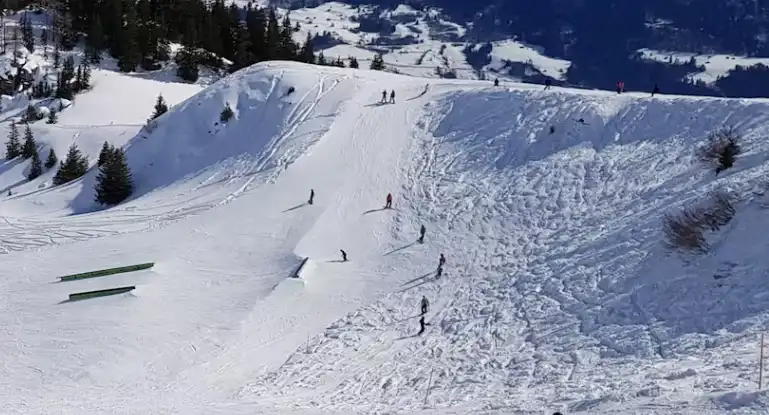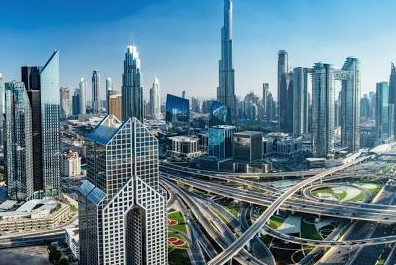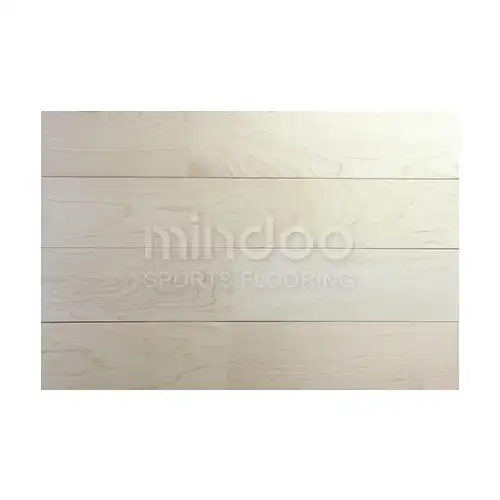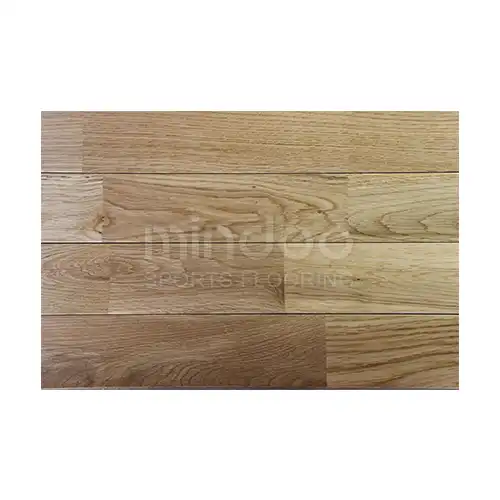The Adaptability of Sports Wood Flooring in Extreme Weather and Special Environments Worldwide
Sports wood flooring is widely used in various sports venues due to its excellent comfort, durability, and stability. However, many people may not realize that sports wood flooring performs remarkably well not only in standard environments but also in extreme weather conditions and special environments. This article explores how sports wood flooring adapts to different extreme weather conditions and environments, showcasing its remarkable versatility through specific cases.
1. Cold Regions: Challenges in Russia and Nordic Countries
In cold regions like Russia and the Nordic countries, temperatures often drop to as low as -30°C or even lower. The significant temperature variations in these areas can lead to the expansion and contraction of wood, which can affect the stability of the flooring and cause cracking or deformation. However, modern sports wood flooring uses special wood treatment techniques that can effectively handle extremely cold weather.

For example, the Olympic Sports Complex in St. Petersburg, Russia, was designed with the harsh cold climate in mind. The sports wood flooring used in this venue adopts refined processing technology and laminated structures, effectively preventing wood from shrinking or deforming due to low temperatures. This design ensures that, regardless of external temperature changes, the flooring remains stable and provides an ideal playing experience.
Similarly, many ice and snow sports venues in Nordic countries employ similar techniques. For example, the Ice Sports Center in Helsinki, Finland, experiences temperatures well below freezing during winter. However, the sports wood flooring used here has been specially treated to offer exceptional resistance to moisture and temperature fluctuations. This ensures that even in extremely cold weather, athletes’ playing experience is not compromised.
2. Humid Regions: Challenges in Southeast Asia and Tropical Areas
In contrast to cold regions, Southeast Asia and tropical areas present another challenge for sports wood flooring: high humidity and consistently high temperatures. In these regions, high humidity and year-round heat can cause wood to absorb moisture, leading to expansion or damage. Therefore, ensuring the flooring remains stable in humid and hot environments is a critical design challenge.

Take the Singapore Sports Hub as an example. Located in a tropical rainforest climate, this venue experiences high humidity levels and long rainy seasons. In such an environment, the choice of wood material and installation method is crucial. To prevent the wood from absorbing moisture and becoming moldy or expanding, designers chose specially treated oak and maple, and incorporated a moisture barrier and air circulation system during installation. These measures ensure that the sports wood flooring remains stable and durable even in a humid environment.
3. High Altitude Regions: Challenges in the Alps and Himalayas
High-altitude regions, such as the Alps and the Himalayan foothills, present additional challenges for sports wood flooring. In these areas, the air is thin, ultraviolet radiation is intense, and there are large diurnal temperature differences. These factors can significantly affect the performance of wood flooring.

For example, the Ski Sports Arena in the Swiss Alps faces temperature variations of up to 30°C between day and night, with winter temperatures dropping to -15°C. To ensure the stability of the flooring in such extreme conditions, designers opted for high-density hardwoods and used multi-layer lamination techniques to ensure the flooring could withstand the dramatic temperature changes without warping. Additionally, the venue's heating system helps maintain a stable temperature for the wood flooring, minimizing the impact of temperature fluctuations.
4. Desert Regions: Challenges in the Middle East and North Africa
In desert regions, the extreme dryness and high temperatures present significant challenges for sports wood flooring. In places like the Middle East and North Africa, temperatures can soar above 50°C, and the dry air can cause wood to shrink or crack due to lack of moisture, potentially rendering the flooring unusable.

A typical example is the Dubai International Sports Center, located in the desert. Dubai experiences high temperatures and extremely low humidity, which can damage wood flooring. To tackle this, designers selected specially treated woods and incorporated an air conditioning system to maintain optimal humidity levels within the venue. Additionally, the flooring system is equipped with smart temperature control to ensure a stable internal climate, preventing damage from extreme dryness or excessive moisture.
Whether in the freezing cold of the Arctic Circle, the humid tropical rainforests, or the dry, scorching deserts, sports wood flooring has demonstrated its remarkable adaptability. These cases fully demonstrate that modern sports wood flooring not only boasts high durability but also performs excellently in a wide range of extreme weather and environmental conditions. With continuous advancements in technology, the future application of sports wood flooring in various special environments will expand, offering athletes worldwide a more stable and high-quality playing experience.





